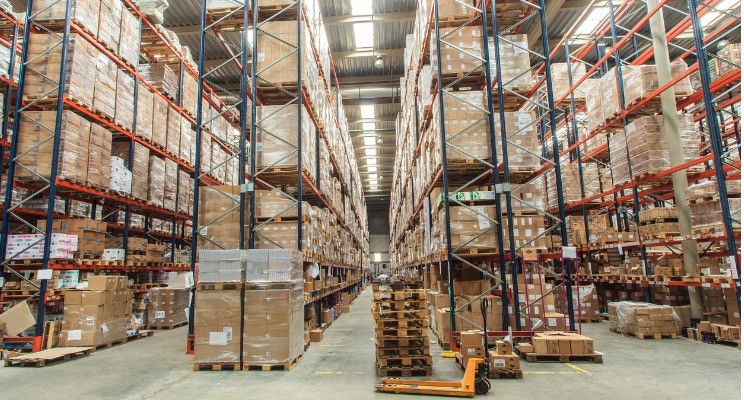It is crucial to store items in cold conditions in particular those at risk of temperature changes. Examples include artworks of high worth and the use of chemicals that need to be kept in a cool setting to ensure that they do not degrade.
Monitoring and managing inventory efficiently is crucial for the effective management of a cold store facility. This requires accurate control of the temperature and monitoring refrigeration, as well as using automated techniques.
Cost management
Starting planning from the very start of construction could help in reducing expenses. It is crucial to assess the site and ensure that it is compliant with the energy regulations.
Other strategies to reduce costs include automating vehicles, warehousing and ensuring the quality of the inventory levels. Demand management software aids cold storage units to understand their operating patterns, and implements strategic changes to improve energy efficiency.
Regular maintenance is also important. It is important to establish a timetable for each piece of machinery and making this schedule available to every employee. The company can identify potential problems before they get serious. This will ultimately lower repair costs as well as the overall cost of storage.

Energy-efficient refrigeration systems
To prevent food spoilage, and also to avoid the release of gases that could lead to significant losses Cold storage facilities require secure energy systems. The equipment must be calibrated correctly to achieve optimal performance and decrease energy consumption.
When selecting a cold storage establishment be sure to inquire for information on their refrigeration systems as well as the power backup options. They should also be able effectively load and unload trains or trucks, and offer quick turnaround times to process incoming and outgoing deliveries.
The efficient coordination of transportation and warehouse processes are essential for efficient cold storage supply chains However, automated monitoring and control systems can provide even greater operational efficiencies. These systems can automatically monitor temperature levels and quality controls such as tracking POs and other logistics operations to make the right decisions on the basis of real-time data.
Temperature Control
Cold storage facilities are important to the supply chain that is used by numerous industries. From pharmaceuticals to high-value artwork, products that need to be stored in controlled temperatures are dependent on these storage facilities to last and be effective.
Maintaining consistent low temperatures can ensure that spoilage is not an issue, this reduces waste, and also lowers the cost of storage space. Also, it can ensure that products reach the consumer at a perfect state.
Furthermore, cold storage facilities require a solid inventory management system of lap dat kho lanh cong nghiep gia re that ensures accurate data records. Maintaining detailed records can help cold storage facilities adhere to HACCP, ISO 9001 and GMP standards as well as other safety rules and regulations. It is particularly important for specialized commodities such as fruit and vegetables, that need different temperatures for each space.
Controlling inventory of perishable goods
Cold storage facilities can help to ensure that food products are in good condition until they can be consumed. In order to ensure quality and safety, these specialized warehouses need an extensive degree of surveillance and oversight. Due to the increasing costs of costs for energy, land and labour prices, many companies are trying to increase the efficiency of the supply chain of cold storage with cutting-edge technologies and approaches.
A great way to lower costs can be to use the mobile pallet racking system and shuttle systems that make use of an operational aisle that is single by reducing floor space and decreasing energy use by as much as 80%. These modern software systems also give customers real-time information about inventory as well as invoices from the past.
Analyzing data points like efficiency of the throughput process, inventory accuracy and rates of product spoilage are essential to achieve optimal cold storage management. While these enhancements aren’t likely to yield instant profits however, they will make huge cost savings in the future.
Optimizing storage space
The efficient processes for warehouses and transport form the basis of efficient logistics chains that supply cold storage. To increase efficiency of operations, warehouses should utilize automation of monitoring and control methods to monitor shipment costs as well as inventory accuracy levels as well as the rates of spoilage to products.
Additionally, warehouses must implement a system for regular check-ups on their facilities. This helps them identify the issues and take action before they cause major damage. A build-up of ice could cause damage to the equipment, items and ceilings. This also poses a potential fire risk. To prevent warehouses from becoming a victim of an event, they must check and clear ice from their buildings regularly.
Implementing these strategies into your cold storage supply chain management method will allow you to save the cost of your operations and will ensure that you are able to guarantee your customers’ satisfaction. These strategies, which include being strict with the regulations regarding temperature and shipping and ensuring timely delivery are essential for the success of cold storage warehouses.
